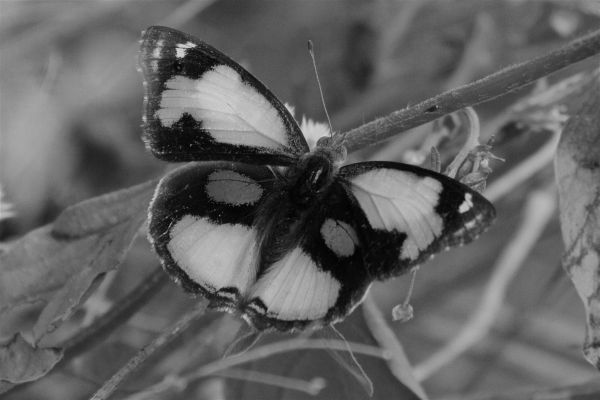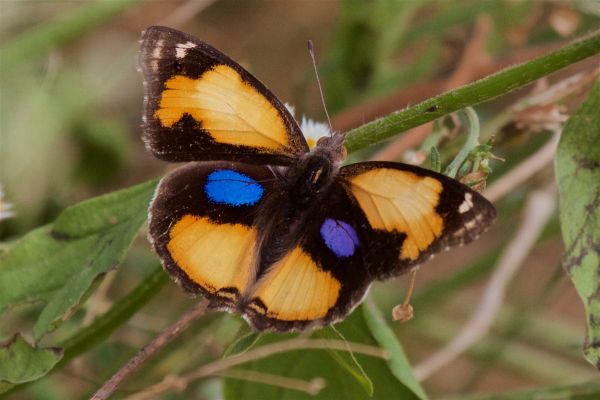Winged wonders
- POSTED ON: 16 Mar, 2019
- TOTAL VIEWS: 1141 Views
- POSTED BY: Text and pictures Samantha Iyanna
- ARTICLE POINTS: 100 Points
Stay near me — do not take thy flight!
Thus pleads the English poet William Wordsworth in his lyric poem, “To A Butterfly”.
Wordsworth calls the butterfly the historian of his infancy, and surely most people belonging to an earlier generation would recall having chased butterflies one time or the other in their childhood. This would have been in an age when towns and cities weren’t mere concrete jungles, and the countryside was unpolluted by pesticides and insecticides. Alas, human dominion has as usual broken nature’s social union, and these graceful winged creatures are now sadly on the decline.
In many cultures, butterflies represent the human soul. The Greek name for butterfly, ‘Psyche,’ alludes to the soul, and from it originate the terms referring to subjects dealing with the mind —psychic, psychology, psychiatry and such.
These nectar-sipping winged insects which perform the role of pollination, have been around for a little more than 50 million years. It is not only the gorgeous free-flying butterfly that has captured the imagination of humanity, but also the stages of its life-cycle. Their miraculous three-step transformation, from the lowly creeping caterpillar, the dormant chrysalis, and finally the emergence of the beautiful winged creature ; is often equated with spiritual transformation. has also captured the imagination of humanity.
Drag the slider to either side to see the butterflies in black and white or colour.
A mixed group indulging in puddling


Blue Mormon
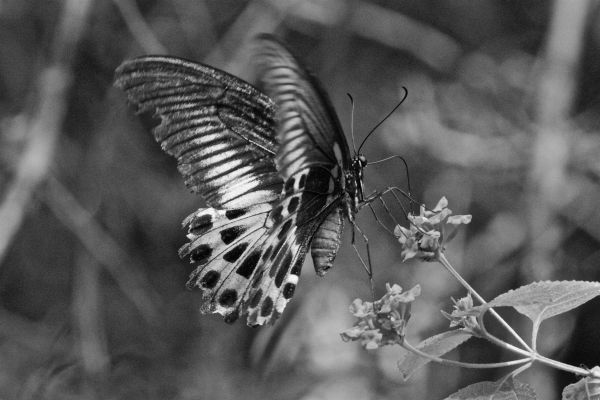

Blue Tigers resting on migration
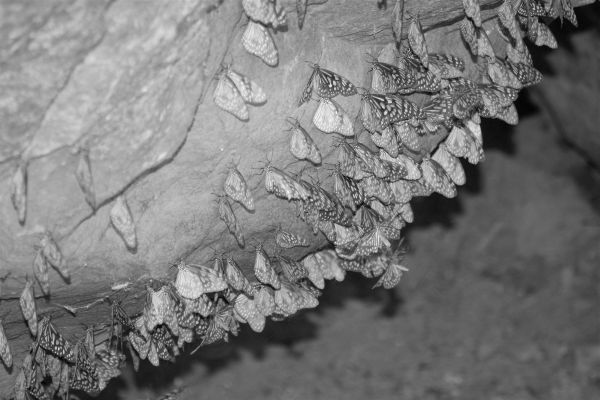
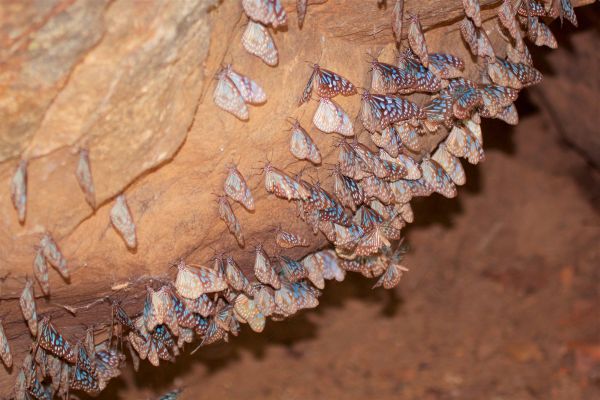
Common Banded Peacock
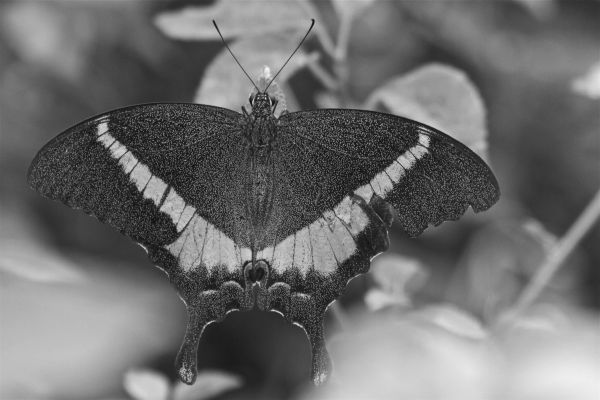

Common Bluebottle
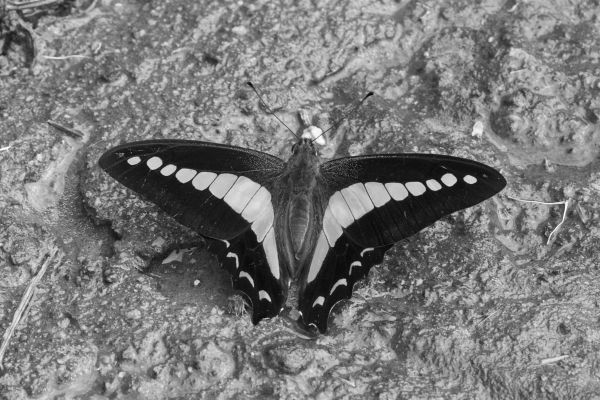

Common Grass Yellow
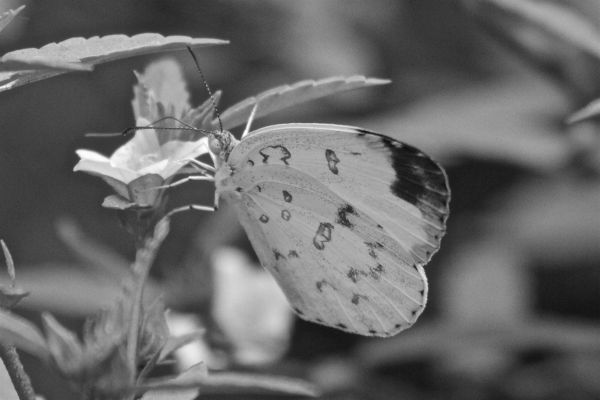

Common Mormon
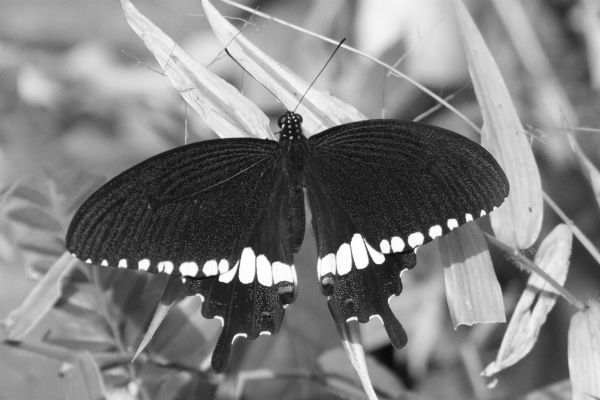

Common Rose

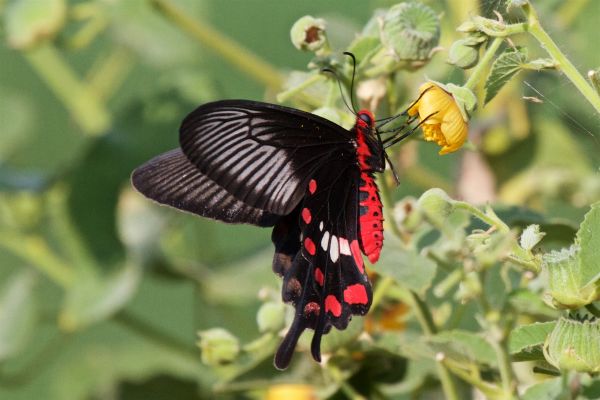
Common Sailer
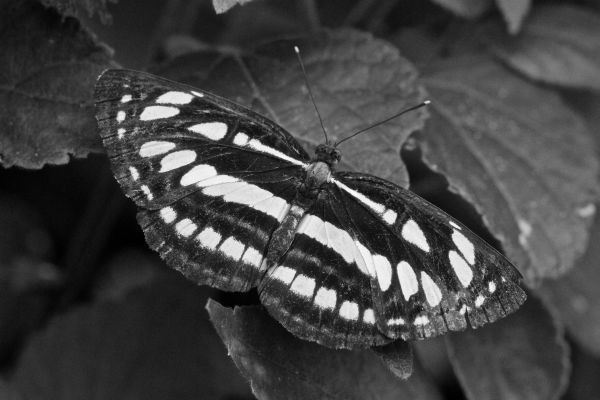
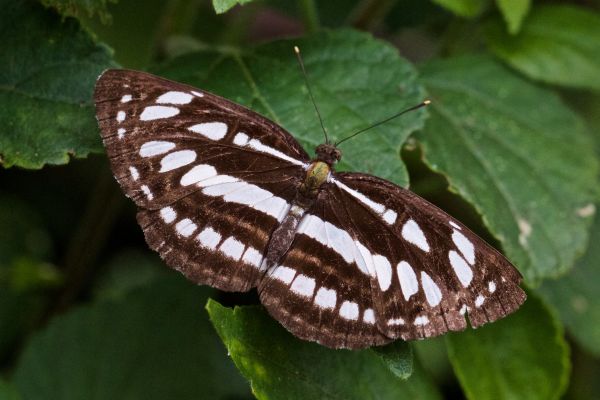
Danaid Eggfly

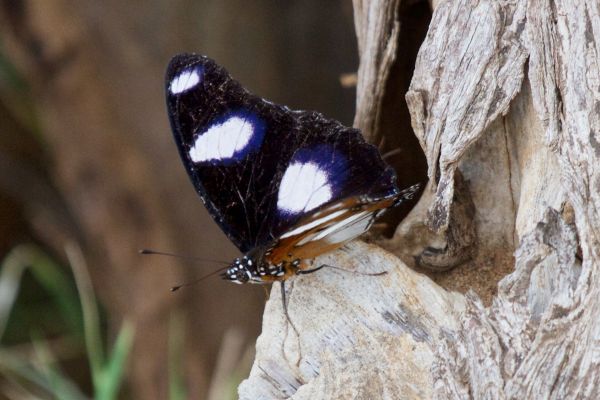
Plain Tiger
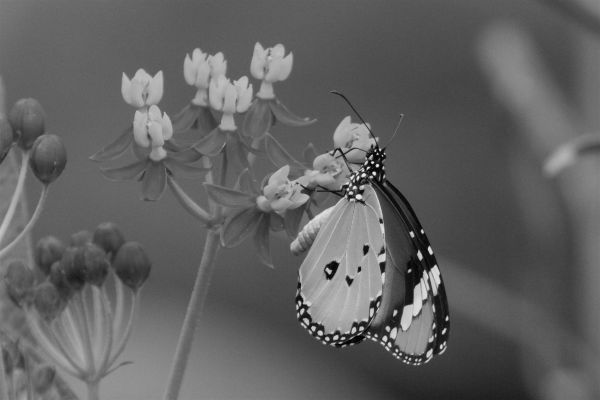

Psyche

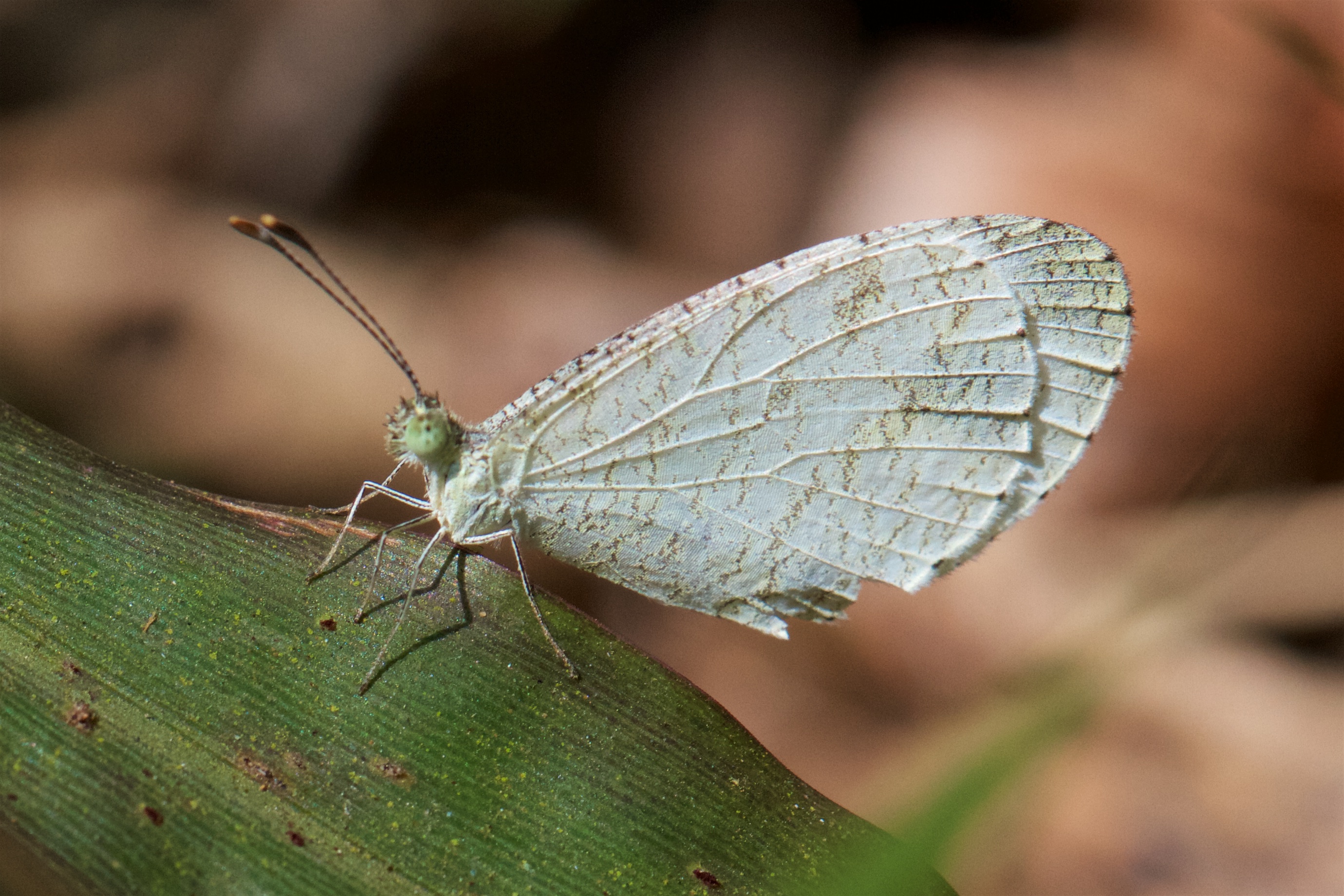
Spotted Joker
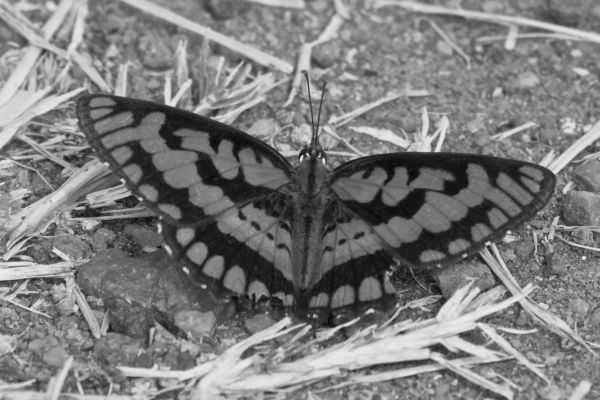

Tawny Coster

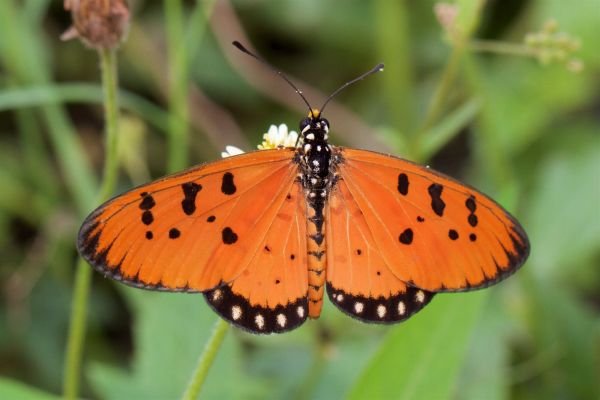
Yellow Pansy
